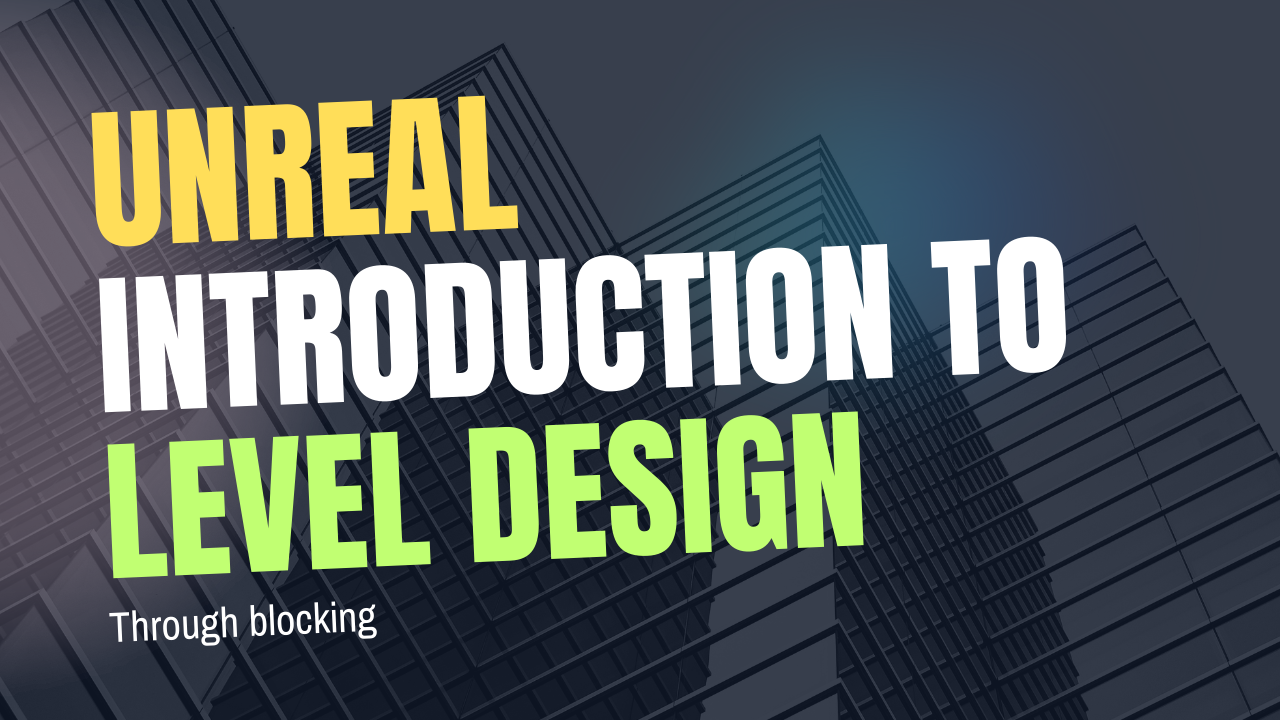Published - Fri, 02 Feb 2024

unreal : Lighting in Living room
Creating realistic lighting in a living room in Unreal Engine involves understanding various aspects of lighting, materials, and post-processing effects. Here's a general guide on how you can approach lighting in a living room setting:
1. **Directional Light:**
- Start with a Directional Light as your primary light source. This represents the sun or the main light source for your scene. Adjust its rotation and intensity to simulate natural sunlight.
2. **Skylight:**
- Add a Skylight to simulate global illumination. This helps to bounce light around the scene and fill in shadows. Adjust its intensity and color temperature based on the time of day.
3. **Point Lights and Spotlights:**
- Place Point Lights and Spotlights strategically to simulate artificial lights within the living room. For example, use Spotlights for ceiling lights or floor lamps, and Point Lights for smaller light sources like table lamps.
4. **Light Mobility:**
- Set the mobility of lights appropriately. For static objects like walls and furniture, you can use static lighting. For dynamic objects or characters, consider using stationary or movable lights.
5. **Light Bounce and Reflections:**
- Enable Global Illumination (GI) to simulate indirect lighting and realistic reflections. Adjust the Indirect Lighting Intensity to control the strength of bounced light.
6. **Post-Processing:**
- Utilize the Post-Processing Volume to add final touches. Adjust parameters like exposure, contrast, and color grading to enhance the overall look of your scene.
7. **Lightmap Resolution:**
- For static objects, set appropriate lightmap resolutions to ensure detailed and realistic shadows. Higher resolution provides more accurate shadows but may increase computation time.
8. **Materials:**
- Use physically-based materials for surfaces in the living room. Adjust material properties like roughness and metallic values to achieve realistic reflections.
9. **Lighting Scenarios:**
- Consider creating different lighting scenarios for day and night. Use Blueprint scripting or Level Sequences to transition between these scenarios smoothly.
10. **Light Functionality:**
- Utilize features like IES profiles for realistic light distribution patterns. This is especially useful for accurately representing the shape and spread of light emitted from specific fixtures.
Remember that the specific details will depend on your scene, art style, and the atmosphere you want to create. Experiment with different settings, test your scene in various lighting conditions, and iterate to achieve the desired look for your living room in Unreal Engine.
Created by
Anil Chauhan
Welcome to my website! My name is Anil Chauhan, and I am a 3D modeling and animation expert with over 15 years of experience in the field. I have a passion for creating visually stunning 3D models, animations, and graphics, and I'm excited to share my expertise with you. Whether you're a beginner or an experienced artist, I can help you improve your skills in 3D modeling, texturing, lighting, animation, rigging, CG graphics, and VFX. Let's work together to bring your creative ideas to life!
Welcome to my website! My name is Anil Chauhan, and I am a 3D modeling and animation expert with over 15 years of experience in the field. I have always had a passion for creating visually stunning 3D models, animations, and graphics, and my work has been featured in a variety of industries including film, television, advertising, and video games.
Throughout my career, I have had the opportunity to work on a wide range of projects, from small independent films to large-scale productions. This has given me a diverse set of skills and a deep understanding of the 3D animation process from start to finish. I have expertise in complete 3D modeling, texturing, lighting, animation, rigging, CG graphics, and VFX, and I'm always eager to take on new and exciting challenges.
As a tutor, I am dedicated to sharing my knowledge and experience with aspiring artists and professionals alike. I believe that everyone has the potential to create amazing 3D models and animations, and I'm committed to helping my students achieve their goals. Whether you're a beginner looking to get started in the world of 3D animation, or an experienced artist looking to take your skills to the next level, I can provide personalized training and guidance to help you achieve your creative vision.
Comments (0)
Search
Popular categories
Adobe After Effects 2025
28Unreal Engine
14zbrush
10Maya Animation
8zbrush tutorial jewelry
7Maya 2025
6Latest blogs

Mesh |Edit Mesh|Mesh Tools
3 Hours Ago

Advanced Editing Techniques
12 Hours Ago

Introduction to Level Design Through Blocking in Unreal Engine
2 Days Ago

Write a public review